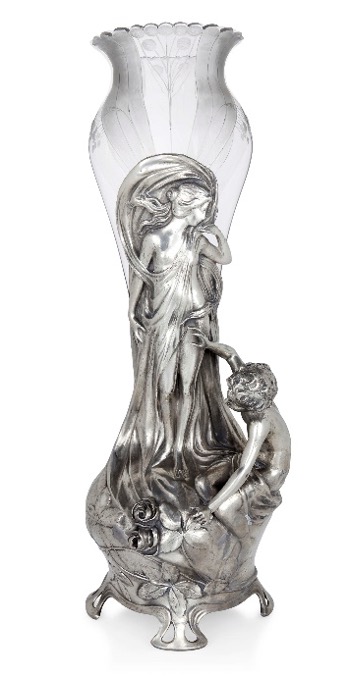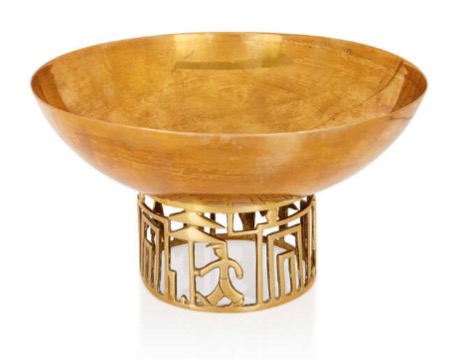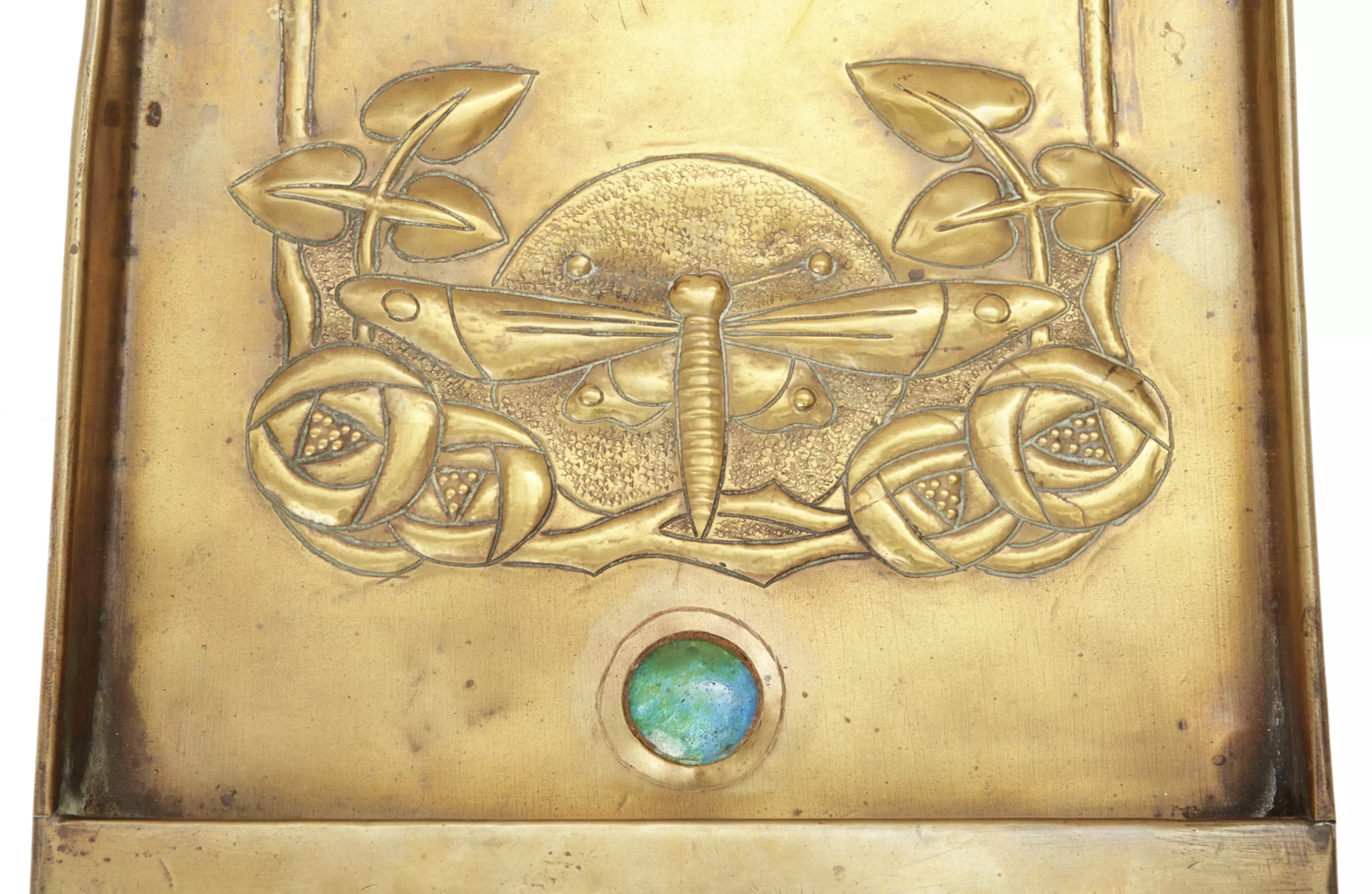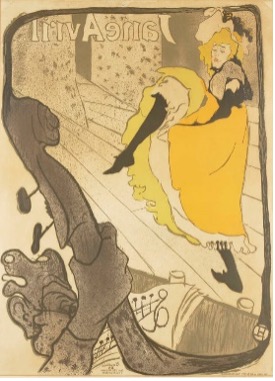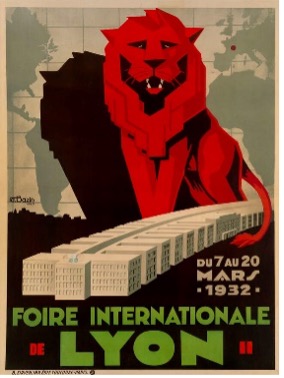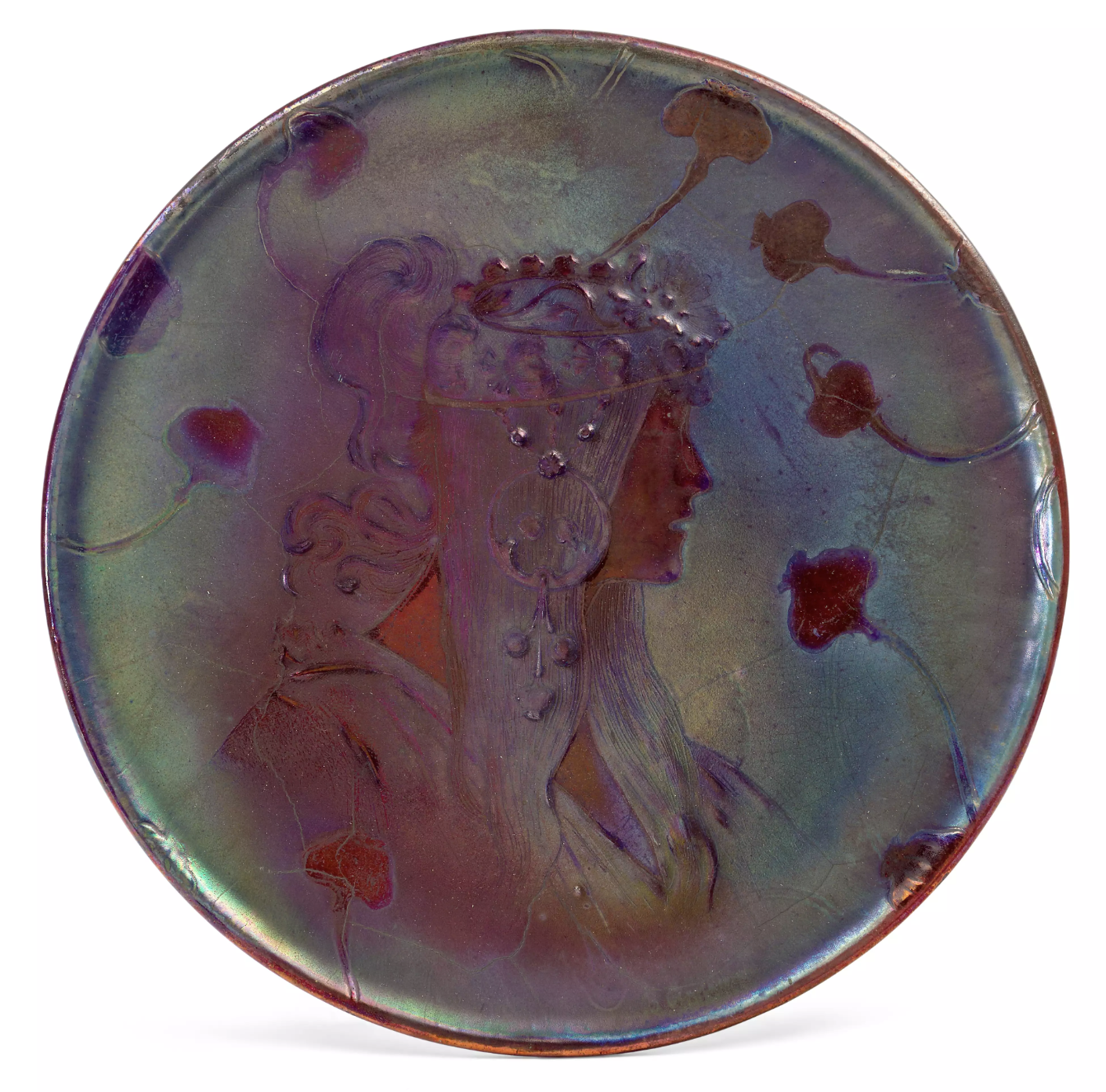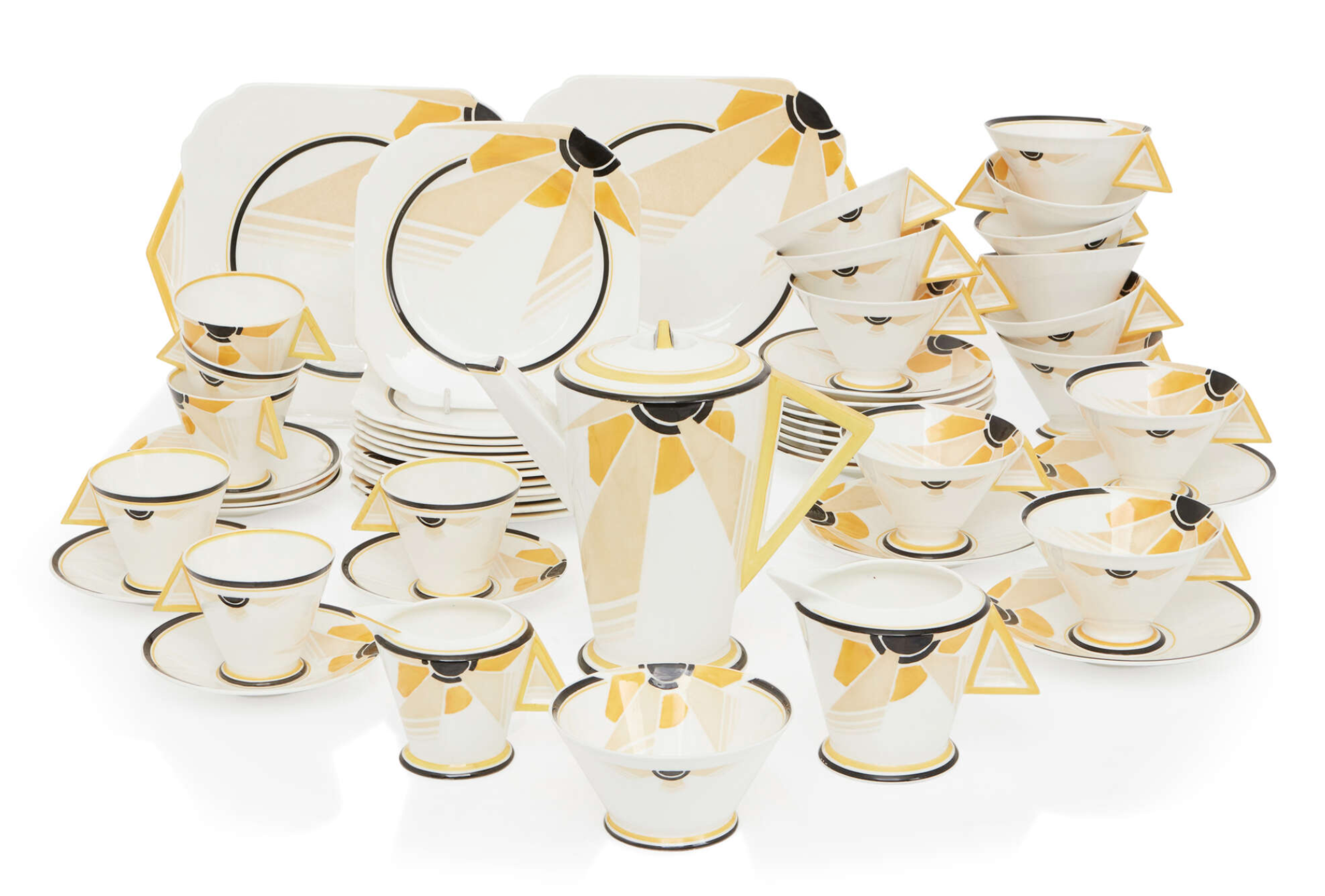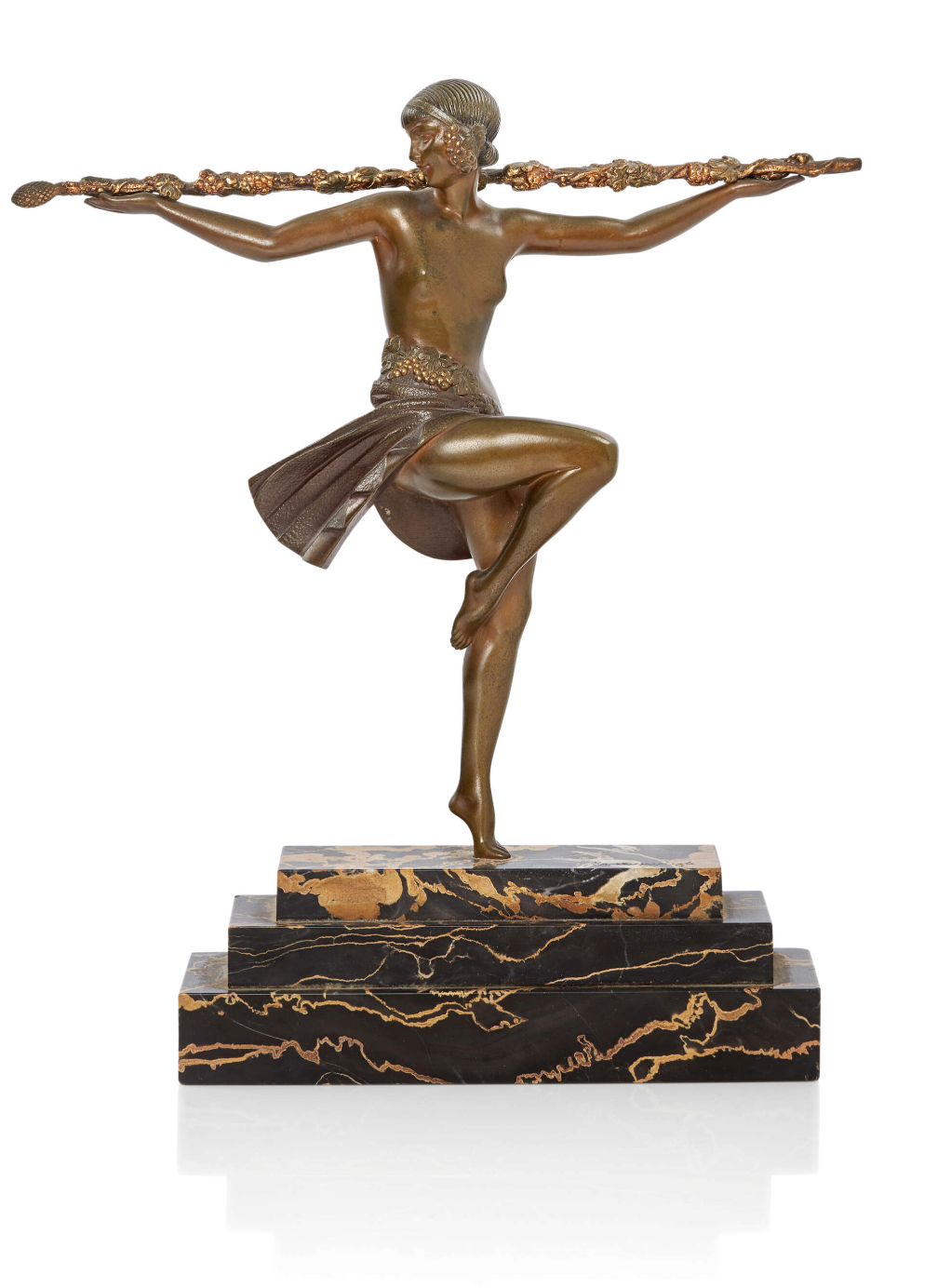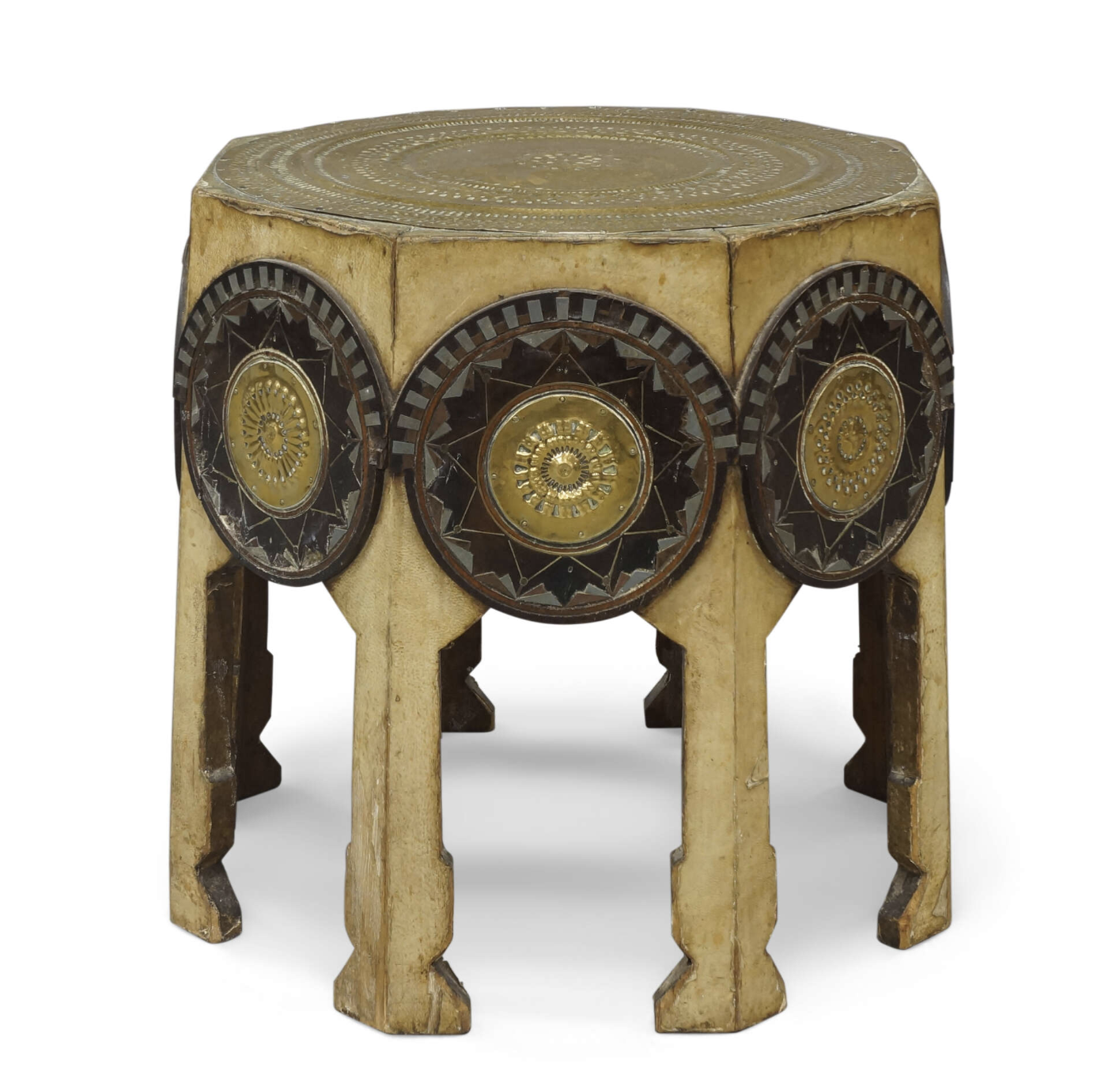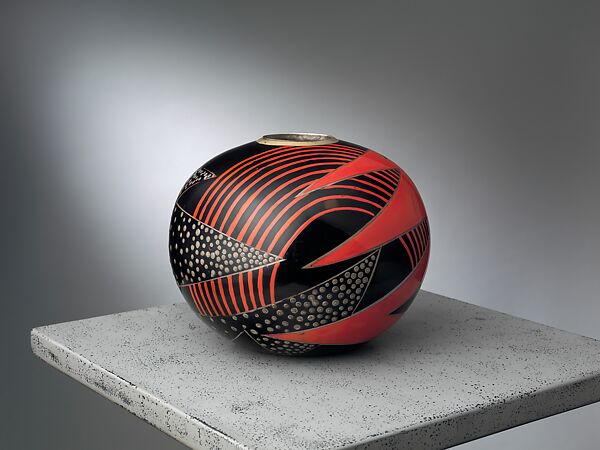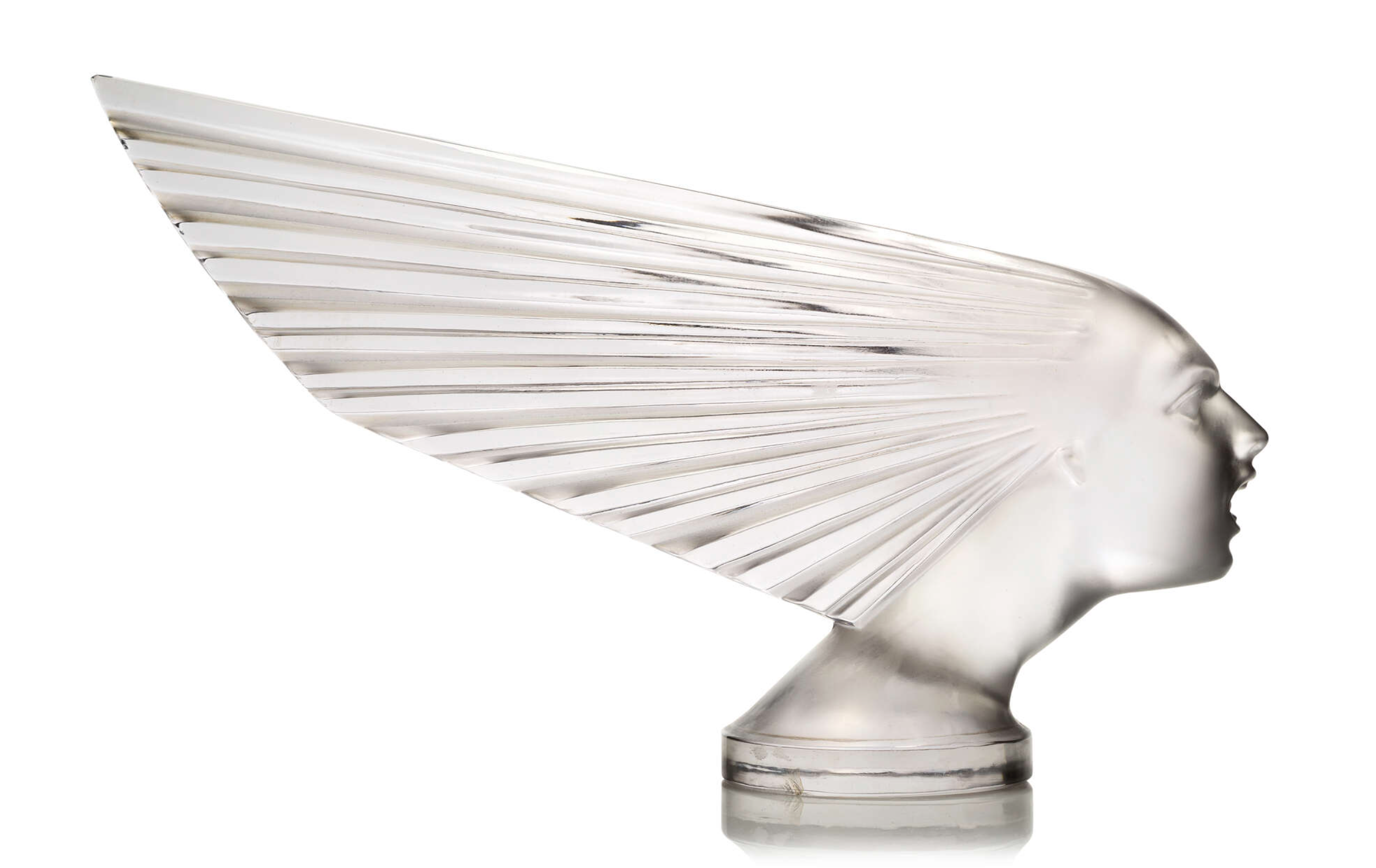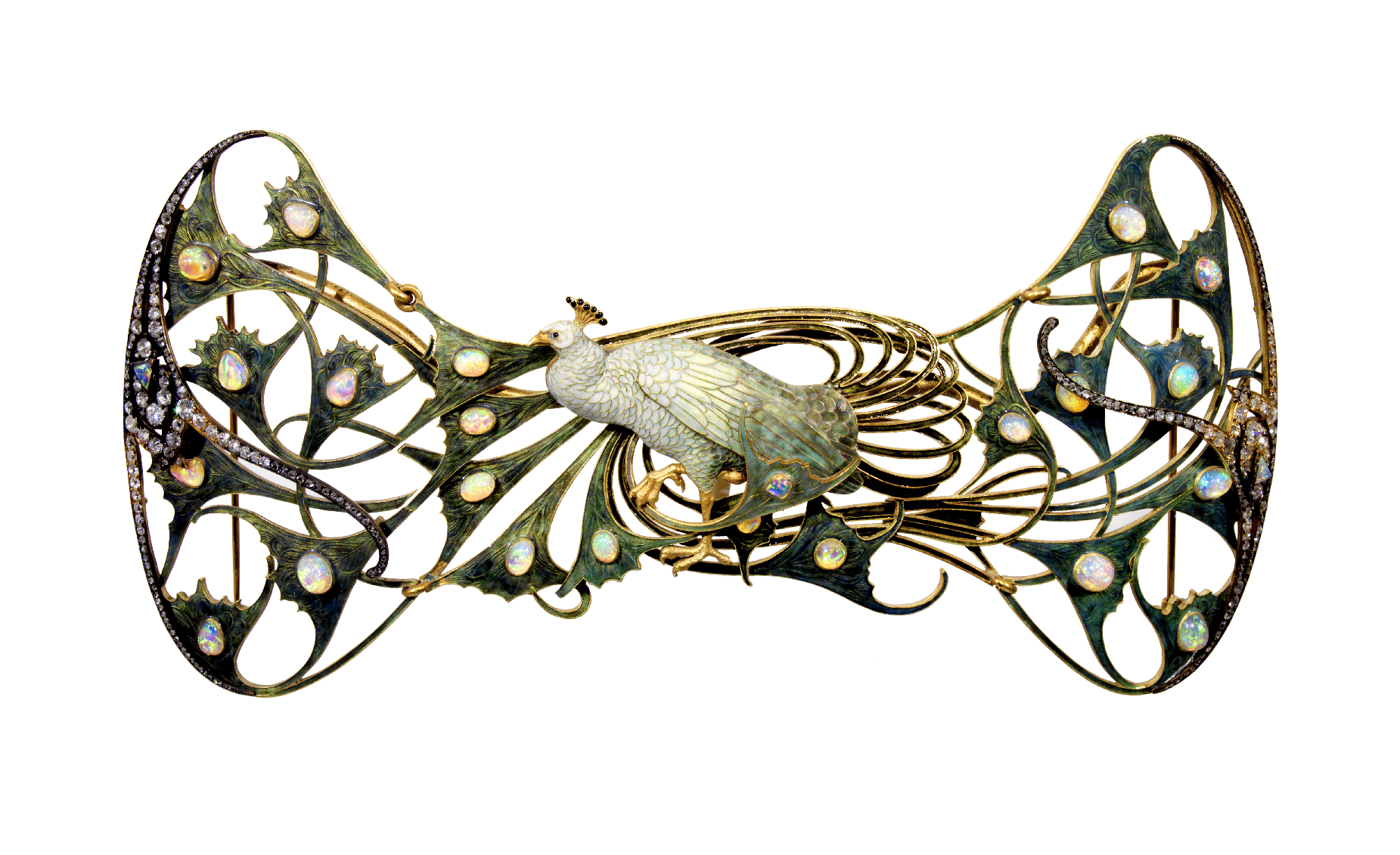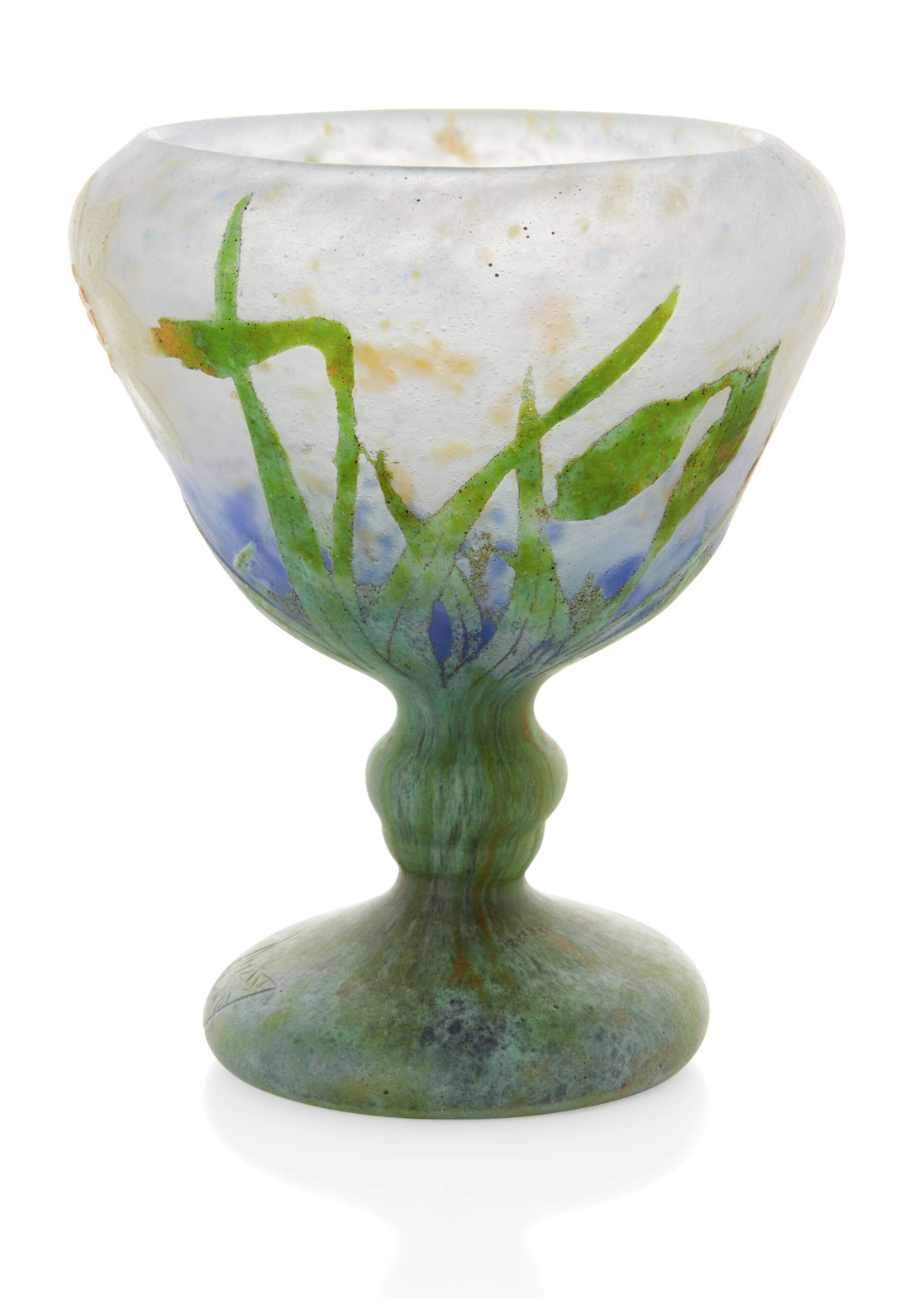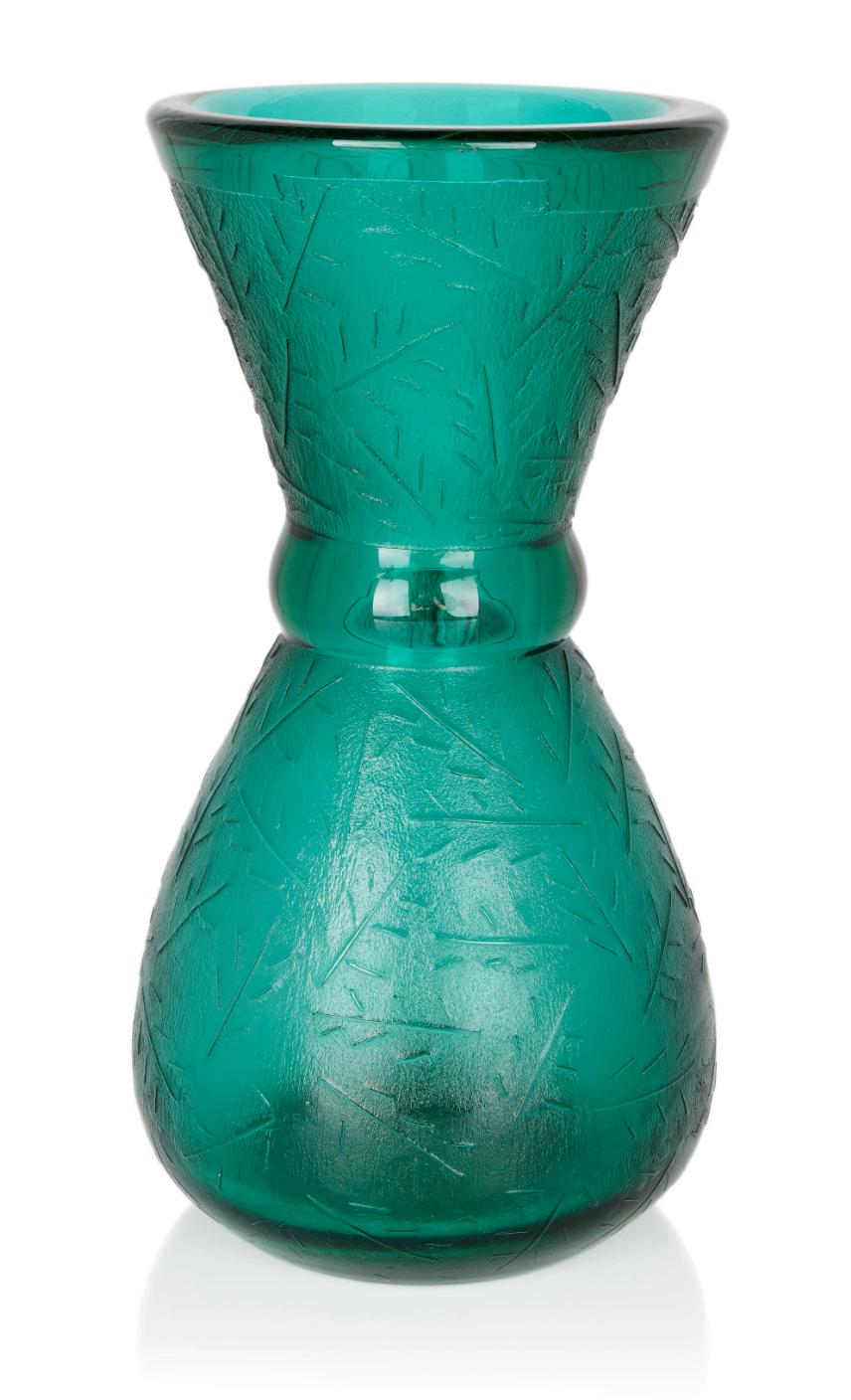It can be quite easy to confuse Art Nouveau and Art Deco — confusion even exists among experts, with commentators contradicting one another in their attempts to define the movements. So, how does one determine whether an item is Art Nouveau or Art Deco?
Which came first, Art Deco or Art Nouveau?
Knowing the age of a piece might guide you towards one or other of the two movements. The Art Nouveau movement emerged in the 1890s amidst widespread industrial modernisation across northern Europe and America. The aim was to move away from the rehashing of historical styles and to deliberately create a 'new art' that captured the spirit of modernity and glorified the commonplace.
The intention was to shock, ignite change, and improve the design of everything from architecture to decorative objects. Art Nouveau flourished in the first decades of the 20th century but had run out of steam by the First World War.
What types of motifs are typical of Art Nouveau and Art Deco?
To try to simplify, one could say that Art Nouveau takes inspiration from the organic and utilises flowing, natural forms resembling stylised versions of stems and blossoms of plants; although the obvious exception would be the almost geometric rendering of the rose, which became the core motif in Scotland.
The single most instantly recognisable sign of the Art Nouveau style is the sinuous whiplash line, or ‘coup de fouet’. In contrast, Art Deco concentrated more on stylised representations of natural forms, employing geometry, vertical lines, and an absence of three-dimensional decoration. Art Deco tends to utilise blocks of bright colours and metallics, in contrast to the more muted tones of Art Nouveau.
A principal motif of the Art Nouveau movement was the female figure, inspired by the stage acts of Loie Fuller and Isadora Duncan.
Mysticism and eroticism were significant themes, and the female form was depicted as nymph-like beings, fairies, mermaids, and medieval maidens, often with flowing hair and arabesque curls, such as in the artwork of Alphonse Mucha.
The influence of Egyptian styles and motifs was evident in both the Art Nouveau and Art Deco periods. The Thebes Stool, designed in the 1880s and sold at Liberty & Co., demonstrated the influence of imported furnishings, which designers like Christopher Dresser (1834-1904) would have encountered during visits to collections at London museums. Victorian architects also included Egyptian motifs in their designs. The discovery of Tutankhamun’s tomb in 1922 truly catapulted ancient Egyptian culture into the public imagination, and ‘Egyptomania’ became highly influential in the motifs of early Art Deco design, which included sphinxes and hieroglyphs, and made use of materials such as turquoise.
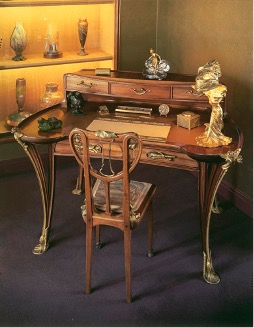
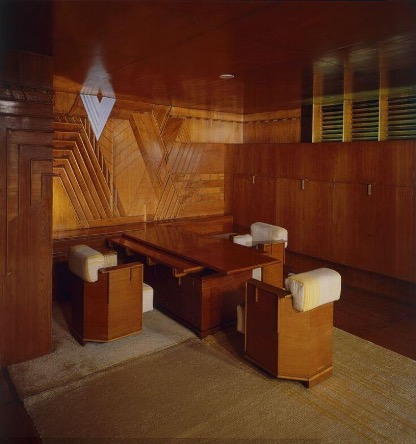
In which country was Art Nouveau most popular?
Art Nouveau was not limited to one place but travelled across borders. It was a phenomenon that occurred simultaneously throughout Western Europe. The myriad of styles that fall under the umbrella of Art Nouveau, emerging in different countries, took on different names - in Austria, it is known as ‘Secessionist’ after the Wiener Secession, and in Germany it is termed ‘Jugendstil’. In Scotland, there was the rectilinear ‘Glasgow Style’.
Is it true that Art Deco was most popular in the United States?
French statuettes of female nudes also incorporated the skyscraper form with their stepped plinths. By the mid-1920s, Art Deco had become an increasingly worldwide phenomenon.
Which artists are associated with Art Nouveau?
Practitioners who were already running successful businesses and thereby lent credibility to Art Nouveau include, among others, Siegfried Bing (whose gallery and shop, 'L'Art Nouveau,' gave its name to the movement), Carlo Bugatti, Auguste Daum, Emile Galle, Antoni Gaudi, and Vilmos Zsolnay. France was home to many notable figures, including, for example, Georges de Feure, Hector Guimard, Louis Majorelle, and Eugène Gaillard. On the other side of the Atlantic, Louis Comfort Tiffany became the name most closely associated with the Art Nouveau movement in the United States. The distinctive geometric designs of the Scottish architect and designer Charles Rennie Mackintosh helped inspire the angular designs of the Austrian Josef Hoffmann and other members of the Wiener Werkstätte.
Who were a few of the key exponents of the Art Deco style?
One of the foremost exponents of the Art Deco style was the Swiss designer Jean Dunand—a master of lacquer work, whose Art Deco furniture and decorative works remain highly collectible today. Among the pioneers and most vocal promoters of the Art Deco style was the French furniture and interior designer Émile-Jacques Ruhlmann. Demétre Chiparus is one of the most celebrated artists of the Art Deco era, known for creating some of the most distinctive sculptures during the 1920s and 1930s.
So if you know the maker or designer, does that tell you if the piece is Art Nouveau or Art Deco?
What architecture is representative of Art Nouveau or Deco styles?
In 1893, Victor Horta designed a terraced townhouse in Brussels that became the first fully developed example of Art Nouveau architecture and interior design. The walls and floors are adorned with whiplash lines, which are unmistakably Art Nouveau in style. The Paris Métro station signs, designed by Hector Guimard to coincide with the Paris International Exhibition of 1900, are also iconic examples of Art Nouveau design.
Well-recognised Art Deco architecture includes the Empire State Building and the Chrysler Building in New York. The latter is truly the epitome of Art Deco, featuring the most striking characteristics of the style: straight lines, clean rectangular shapes, terraced structures, sharp angles, chevrons, and zigzags.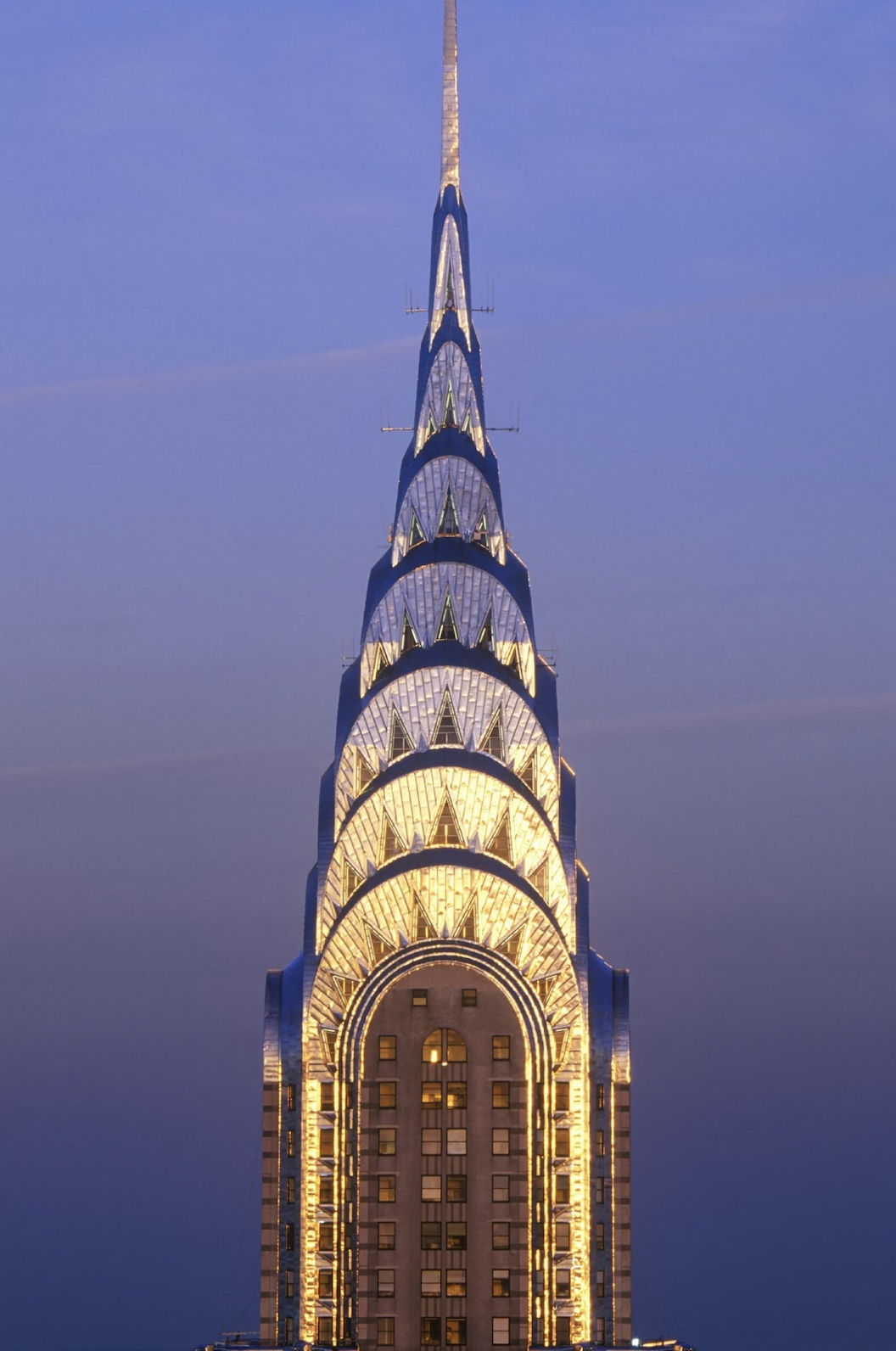
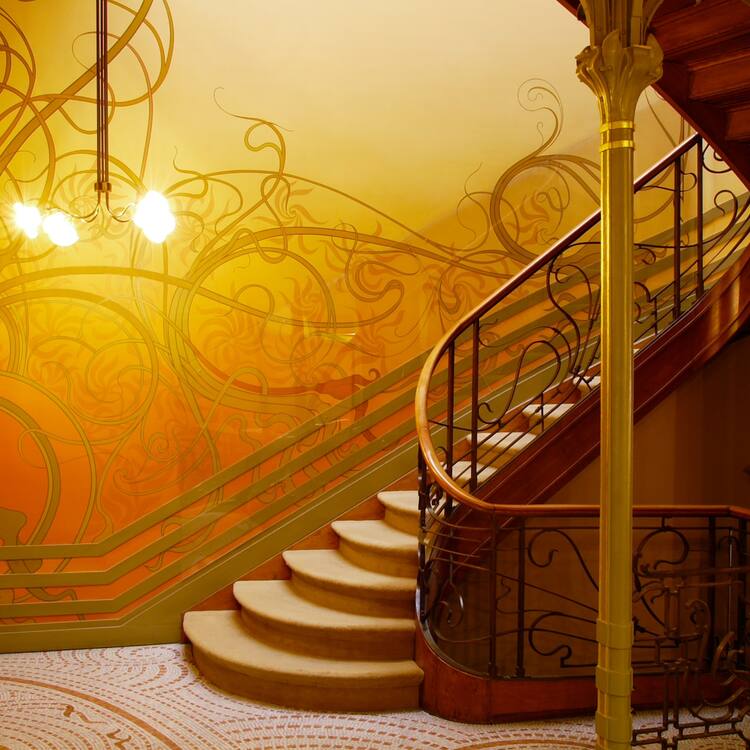
How can I better understand the difference between Art Nouveau and Art Deco?
The best way to learn is to see objects for yourself. By visiting museum exhibitions or attending auction house viewings, you can get up close to a wide range of objects. By relating the pieces to the catalogue descriptions or speaking to the auctioneer, you can gain a greater understanding of the multitude of styles that fall under the umbrella of each of these two wonderfully impactful artistic movements.


